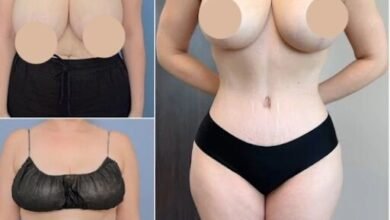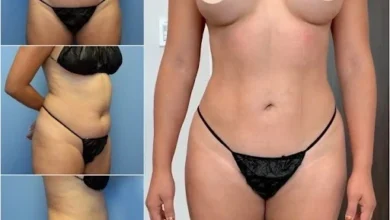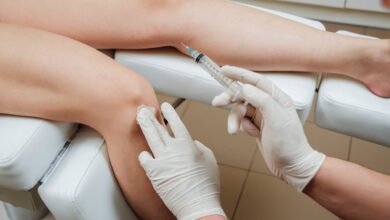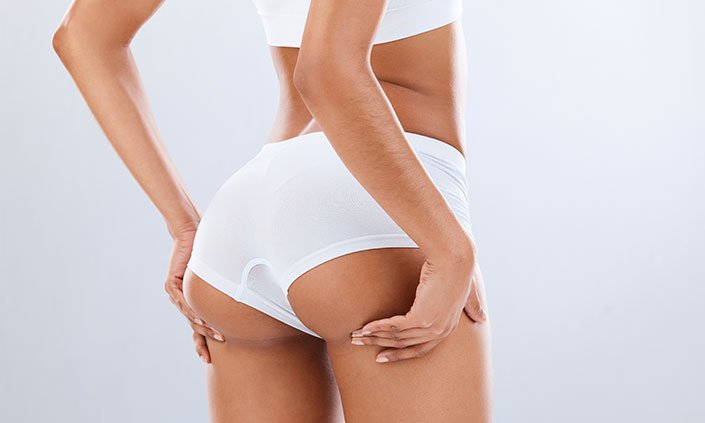
French Butt Reshaping in Abu Dhabi, a procedure designed to enhance the shape and contour of the buttocks, has gained popularity in recent years. Whether performed through fat transfer (Brazilian butt lift) or implants, this aesthetic surgery can produce significant changes, offering patients a fuller and more sculpted figure. However, like any cosmetic procedure, proper post-procedure care is essential for optimal results and recovery. In Abu Dhabi, as with other parts of the world, ensuring proper aftercare is crucial to minimize complications and speed up recovery.
Understanding French Butt Reshaping
French butt reshaping refers to a method of enhancing the appearance of the buttocks using fat transfer or implants. The procedure reshapes, firms, and lifts the buttocks to create a more youthful, contoured look. While the results are generally long-lasting, the recovery process can vary depending on the technique used.
Post-procedure care can significantly impact the final outcome. Proper aftercare ensures the body heals effectively, minimizes the risk of infection, and maximizes the aesthetic result of the surgery.
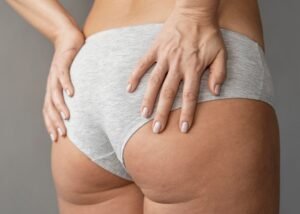
Immediate Post-Procedure Care
1. Rest and Recovery
After French butt reshaping surgery, your body needs adequate rest to heal. It’s essential to avoid strenuous activity, heavy lifting, or vigorous exercise for at least 4–6 weeks following the procedure. This allows your body to focus on healing and reduces the risk of complications, such as swelling or delayed healing.
2. Pain Management
Mild to moderate discomfort is common after the surgery. Your surgeon may prescribe pain relievers to help manage any pain. It’s crucial to take the medication as instructed, and you should never take over-the-counter drugs without consulting your healthcare provider. Ice packs can be helpful for reducing swelling and alleviating discomfort, but they should be applied in intervals (15–20 minutes on, 20 minutes off) to avoid any potential skin damage.
3. Avoid Sitting Directly on the Buttocks
One of the most important post-procedure care instructions following a French butt reshaping is to avoid sitting directly on the buttocks. This is particularly important if fat transfer was used, as sitting can disrupt the newly transferred fat cells, affecting their survival rate. You should use special pillows or cushions designed for post-buttock surgery to relieve pressure while sitting. This precaution should be maintained for at least 2–3 weeks.
Managing Swelling and Bruising
4. Managing Swelling
Swelling is a common part of the healing process after French butt reshaping surgery. Compression garments are usually recommended by your surgeon to help reduce swelling and support the healing tissue. These garments should be worn consistently for the recommended period, typically 4–6 weeks. Swelling may persist for several weeks, but it should gradually decrease over time.
5. Bruising and Discoloration
Bruising is common in the areas where liposuction was performed (if applicable). This should subside within a few weeks. Your surgeon may advise gentle massage techniques to help reduce bruising and promote circulation, but always follow the specific instructions provided by your surgeon.
Skin Care and Wound Management
6. Proper Wound Care
If your procedure involved any incisions, it’s essential to keep them clean and dry to prevent infection. Your surgeon will provide specific instructions on how to care for the wounds. This might include gentle washing, applying prescribed ointments, and avoiding exposure to harsh chemicals or direct sunlight on the incision areas.
7. Hydration and Moisturization
After surgery, it’s important to stay hydrated and keep your skin moisturized. Proper hydration helps with overall recovery, reduces swelling, and promotes the healing of the skin. Moisturizing lotions or oils can help soothe the skin and improve elasticity, ensuring your skin heals smoothly and comfortably.
Physical Activity and Exercise
8. Gradual Return to Physical Activity
You will be advised to avoid intense physical activity, such as heavy exercise, for at least 4–6 weeks. Once cleared by your surgeon, light activities, such as walking, can be resumed. Avoid exercises that put direct pressure on the buttocks, such as squats or lunges, until your surgeon confirms it’s safe to do so.
For those who had fat transfer procedures, it’s crucial to avoid exercises that can cause rapid weight loss or fat redistribution. Maintaining a stable weight is key to ensuring the longevity of your results.
9. Avoiding Sun Exposure
Excessive sun exposure can hinder the healing process and affect the skin’s elasticity. It’s important to avoid direct sun exposure for several months after surgery, especially on the incision sites. If you need to go outside, use high-SPF sunscreen or wear protective clothing to shield your skin from the sun’s harmful rays.
Nutrition and Hydration
10. Maintain a Healthy Diet
Eating a balanced diet is critical to supporting your body’s recovery. Foods rich in vitamins, antioxidants, and proteins promote tissue healing and minimize inflammation. Staying hydrated is equally important, as water helps to flush out toxins and supports skin health, contributing to a smoother recovery.
11. Avoid Alcohol and Smoking
Both smoking and drinking alcohol can significantly impede the healing process. Smoking restricts blood flow and oxygen to the tissues, while alcohol can lead to increased swelling and bruising. To optimize recovery, it is recommended to avoid smoking and drinking alcohol for several weeks following the surgery.
Follow-Up Appointments
12. Regular Checkups
After the procedure, you will have follow-up appointments with your surgeon to monitor the healing process and ensure that no complications arise. These visits are vital to track your recovery, adjust compression garments if necessary, and address any concerns that may arise. If you have any issues or unusual symptoms between visits, don’t hesitate to reach out to your surgeon for guidance.
Long-Term Care and Maintaining Results
13. Maintaining the Results
Maintaining the results of French butt reshaping requires a commitment to a healthy lifestyle. Following surgery, it’s important to maintain a stable weight through proper diet and exercise. While the fat transfer portion of the procedure is long-lasting, the overall contour of the buttocks can change with significant weight gain or loss. Consistent exercise, such as strength training and core workouts, can help maintain muscle tone and prevent sagging over time.
14. Patience During Recovery
Recovery from French butt reshaping takes time, and it’s important to remain patient during this process. While initial swelling will subside within a few weeks, the final results may not be visible until several months after the procedure. It’s crucial to follow your surgeon’s post-care instructions diligently to achieve the best possible outcome.
Conclusion
Proper post-procedure care is essential for achieving the best results after French butt reshaping. By following your surgeon’s instructions regarding rest, activity, skin care, and nutrition, you can help ensure a smooth recovery and long-lasting, beautiful results. With patience and commitment, the outcome of the procedure can enhance your body shape, boosting your confidence and well-being.
FAQs
1. How long should I avoid sitting directly on my buttocks after the procedure?
It is generally recommended to avoid sitting directly on your buttocks for about 2–3 weeks to avoid disrupting the fat transfer or implants.
2. When can I resume my normal exercise routine after French butt reshaping?
Light activities, such as walking, can be resumed after 4–6 weeks, but more strenuous exercises should be avoided for at least 6 weeks or until your surgeon gives the go-ahead.
3. Can I apply makeup or skincare products to the treated areas?
You should avoid applying any harsh skincare products or makeup directly on the surgical sites until cleared by your surgeon. It’s best to follow their specific instructions.
4. How long will it take to see the final results of the procedure?
While you will notice some improvements right away, the final results can take several months to fully manifest, as swelling continues to subside and the skin heals.
5. What should I do if I notice unusual symptoms after surgery?
If you experience severe pain, unusual swelling, or signs of infection (such as redness or discharge), contact your surgeon immediately for evaluation and guidance.
